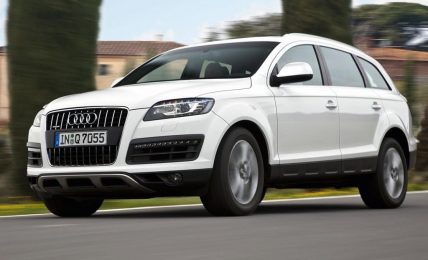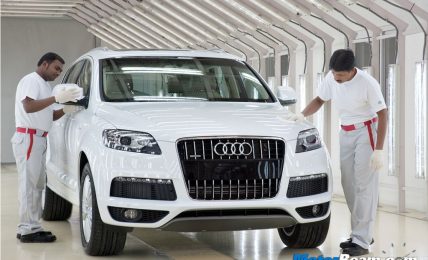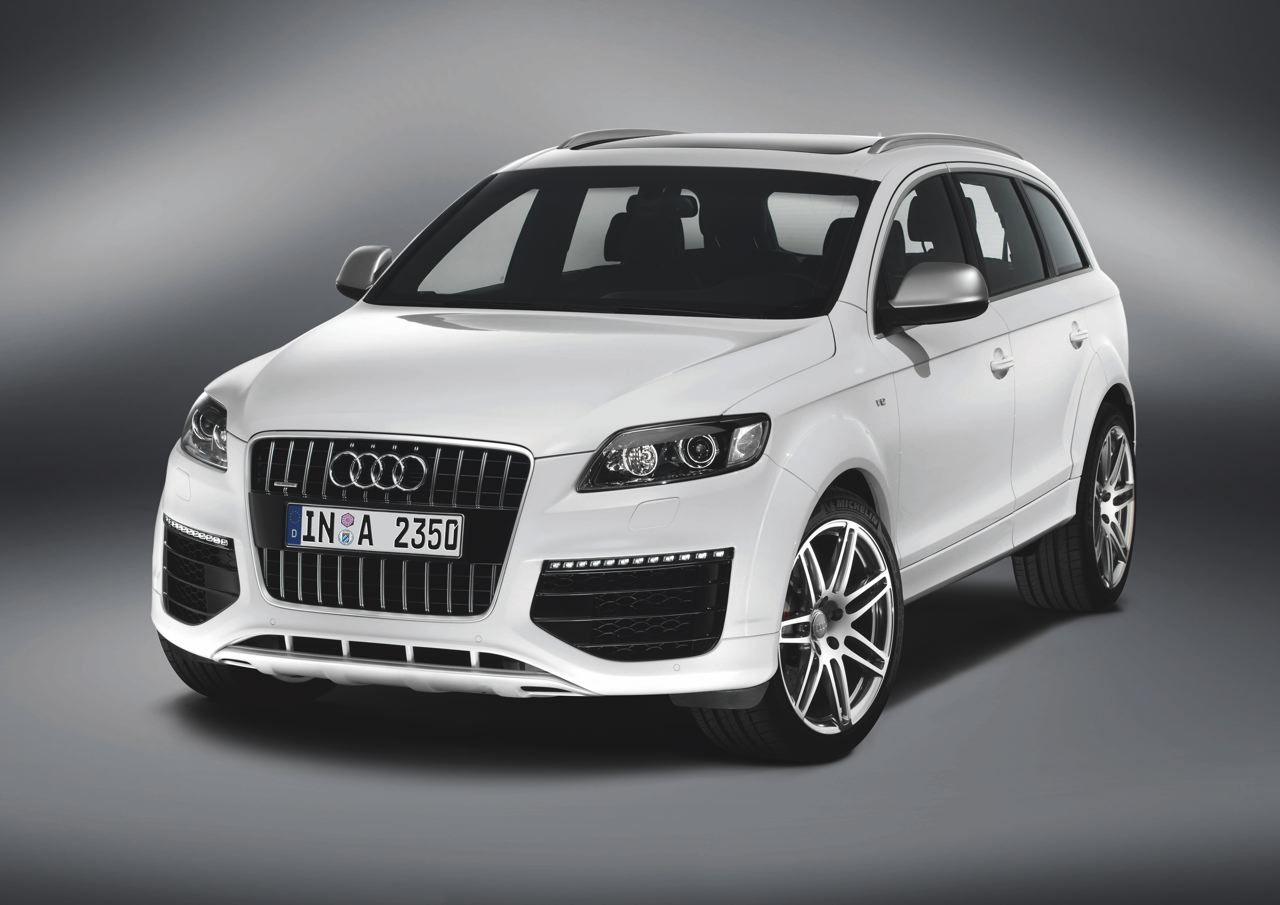The 2.0-litre TFSI motor struggles to pull this behemoth of an SUV
Performance – The 2018 Audi Q7 comes powered by a 2.0-litre, 4-cylinder TFSI petrol motor that produces 252 HP of power and 370 Nm of torque. The power is on par with the diesel engine but the torque isn’t actually. The 600 Nm of torque of the oil-burner verses the 370 Nm of petrol engine, as expected, is considerably less and that’s evident. The car struggles to surge forward. Low-end lag is very much prominent and only past the 2000 RPM mark the turbo spools up dishing out the power. The mid-range and the top end performance is strong but this engine is a big downer for folks expecting performance. However, refinement levels are where this powerplant truly shines. The huge 75-litre fuel-tank is a boon but the fuel-efficiency isn’t. The ARAI-claimed mileage is 11.68 km/l but expect around 6-7 km/l in mixed driving conditions and less than 4 km/l in the city. There is also no ECO mode on offer.
Fuel efficiency with the petrol engine isn’t all that great
Performance isn’t very exciting but refinement is superb
Transferring all that power to all the four wheels is an 8-speed automatic transmission with Audi’s quattro system. The gearbox is super smooth in shifts and is slick. You can manually take control of things by engaging the gearbox in either Sport or Manual mode thereby using the paddle shifts. However, after doing so, the 8-speed unit starts to feel sluggish as it does not hold onto revs and talking about revs, the powertrain redlines nearly at 6700 RPM.
The Audi Q7 isn’t what you’d call a driver’s car
Driving Dynamics – The Q7 petrol gets an adaptive air suspension which offers six driving modes – Auto, Comfort, Dynamic, Individual, Allroad and Offroad. In the Offroad mode, the ride height can be increased by up to 60 mm to tackle rough and grueling terrains. Except for the Dynamic mode, the suspension doesn’t feel compliant in any other mode. The car feels jittery and there is just too much vertical movement at higher speeds. In Dynamic mode, the steering feels well weighted and offers good feedback but like most Audis, there isn’t good feel. Having said this, there is quite a bit of body roll even in Dynamic mode and overall the steering doesn’t inspire confidence to push the SUV hard around the corners.
The suspension feels pliant only in the Dynamic mode
The seating position isn’t as high as in the previous Q7 and you might end up feeling you’re sitting in a sedan rather than an SUV. Normally, the power is transmitted to the front and rear axles in 40:60 ratio but the quattro system can send up to 70% to the front axle and up to 85% to the rear axle depending on the situation. The full-size SUV gets limited slip differential and throughout the entire test drive we were driving with the Traction Control off and there wasn’t a single time where the wheels slipped. Brakes do a fantastic job of bringing this massive SUV to a halt without any drama while the grip from the 255-section tyres is just superb.




